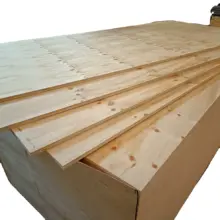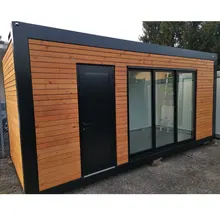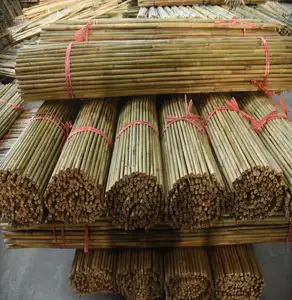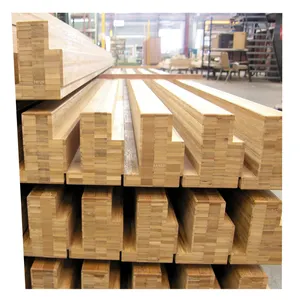Bamboo lumber refers to building or construction material made from bamboo, a versatile and sustainable plant. Bamboo is a type of grass that grows rapidly and can be harvested for various uses, including construction.
Characteristics and Features of Bamboo Lumber
Bamboo is known for its rapid growth and renewable nature. It can be harvested in 3-5 years, making it a highly sustainable alternative to traditional hardwoods that take much longer to mature. Bamboo lumber is known for its strength and durability. It has a high tensile strength, which means it can withstand a significant amount of tension or pulling force. This makes it suitable for a variety of construction applications. Bamboo is relatively lightweight compared to many other building materials, making it easier to work with and transport. Bamboo lumber is available in various dimensions, including thickness, width, and length. Dimensional bamboo lumber has common thicknesses that may range from a fraction of an inch to several inches. At the same time, widths and lengths can vary based on the intended use and manufacturer specifications. Bamboo lumber can be used for various applications, including flooring, furniture, fencing, and structural components in building construction. Lumber liquidators bamboo flooring are commonly used for these types of applications. Bamboo has a distinctive and attractive appearance, with a unique grain pattern that can add a natural and exotic look to the finished product.
How to Choose the Right Bamboo Lumber
Choosing the right bamboo lumber involves considering several factors to ensure it meets the user's specific needs and preferences. The first step is to identify the project requirements. Determine the specific requirements for the project, including dimensions, strength, durability, and finish. Be sure to understand the different bamboo species available and their characteristics. Some species, like Moso bamboo, are known for their strength and durability, while others may be better suited for different purposes. Bamboo lumber is typically graded based on quality and appearance. Grades range from "A" (highest quality) to "D" (lowest quality). Users should choose a grade that matches their aesthetic preferences and budget. Consider the moisture content of the bamboo lumber. It should have the appropriate moisture content for the project. Too much moisture can lead to warping and mold growth, while too little moisture can cause cracking and brittleness.
Consider the finishing. Users should decide whether they want pre-finished or unfinished bamboo lumber. Pre-finished lumber may save time and effort, but unfinished lumber allows for more customization in terms of staining and sealing. Ensure that the bamboo lumber that is chosen is readily available and can be delivered within your project timeline. Lastly, if users are unsure about which type of bamboo lumber to choose, they may consider consulting with a professional such as an architect, contractor, or bamboo specialist who can provide guidance based on their project requirements.
When
buying bamboo lumber, it's important to note that the specific methods used in bamboo lumber production can vary depending on factors such as the intended use of the material, the bamboo species, and the manufacturer's practices. Discover
bamboo lumber for sale on Alibaba.com.










































 浙公网安备 33010002000092号
浙公网安备 33010002000092号 浙B2-20120091-4
浙B2-20120091-4